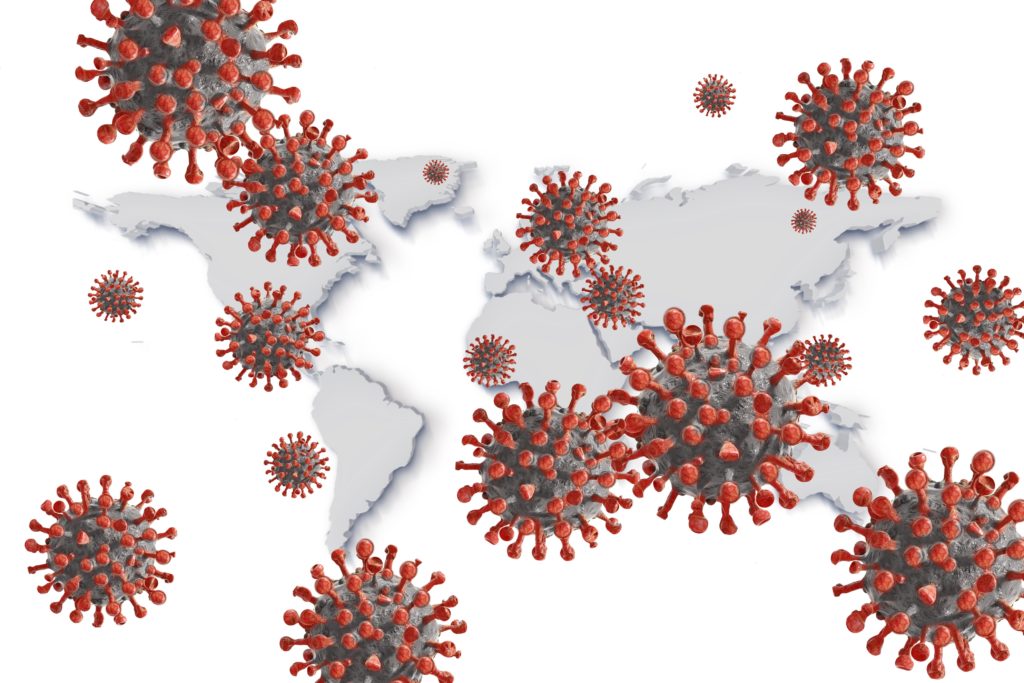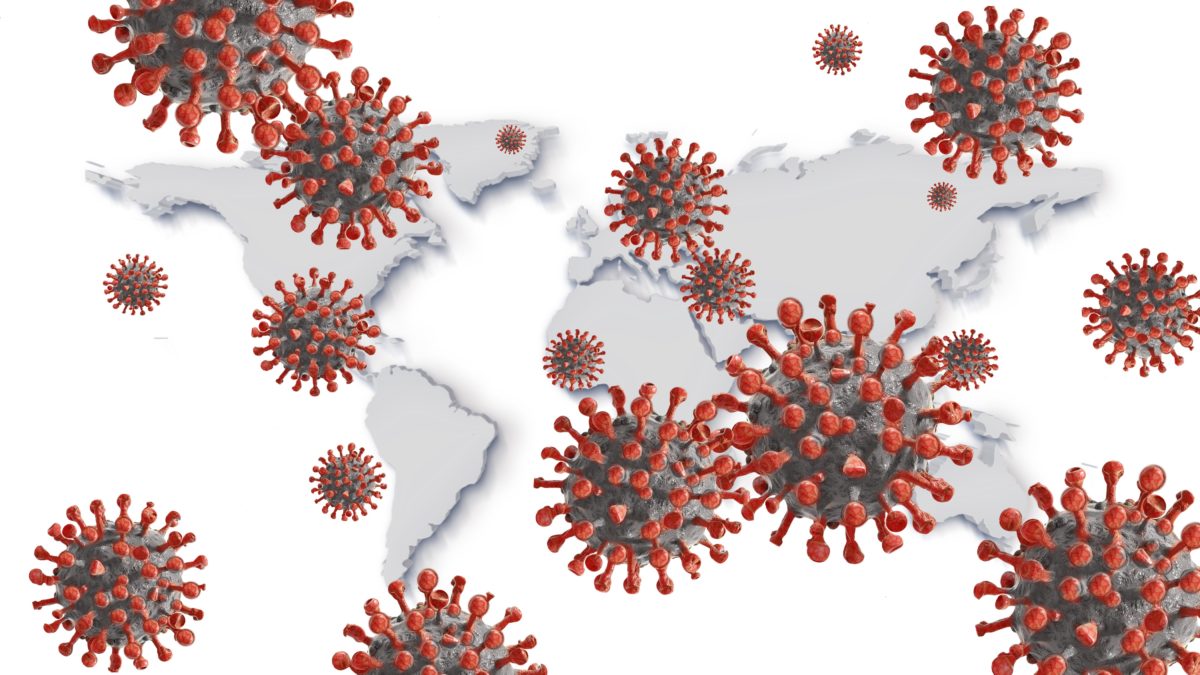
UPV develops an anonymized cell phone tracking tool to detect the risk of COVID-19 infection
A team of researchers from the VRAIN Institute of the Universitat Politècnica de València (UPV) has developed DeteCCovid, a software tool based on an algorithm that, by tracking cell phones in a completely anonymized way, would help to detect people who have been close to a user infected with COVID-19 and would classify the risk of contagion (very high, high, etc.) depending on how close they have been and the duration of contact. This is a laboratory-scale development that the researchers are making available to health authorities for pandemic management.
Vicent Botti, director of the Information Technology and Artificial Intelligence Group (GTIIA) and the VRAIN Institute, points out that, according to public health experts, «contacting people who may have been exposed to a known case of COVID-19 is one of the most important steps in containing future outbreaks, but how is complicated. Cell phone contact tracing is one possible solution to enable early detection of possible infections, and DeteCCovid aims to contribute to this.»
DeteCCovid has been incorporated into U-TOOL, the software tool developed in 2016 by the same team of UPV researchers that allows a quick analysis of the activity through the participation of its inhabitants in social networks.
Data provided through an app and cell phone operators
The DeteCCovid algorithm uses data sets provided by various sources. On the one hand, collaboratively and anonymously through GPS in an app that citizen volunteers can install on their cell phones, and on the other hand, through data, also anonymous, provided by cell phone operators. «These series of data, consisting of pairs of coordinates plus instant time, are stored for a maximum of 21 days, enough time to avoid the risk of contagion,» says Javier Palanca, researcher at the GTIIA-VRAIN Institute of the UPV.
Regarding its operation, the UPV researchers explain that the user’s app would send every minute, in a secure way, its position to a cloud of the health authority. And, thus, when the Health Authority diagnoses a positive COVID-19, it would notify DeteCCovid and would obtain, as a result, the anonymous identifiers of the people who have shared space in the same time interval. To do this, as Javier Palanca explains, DeteCCovid uses a three-dimensional projection (space, time) and labels each anonymous identifier with a risk of contagion based on the information of the place where it occurred and the time interval (day, hour, minutes) in which it occurred.
«The classification of a citizen as infected,» Botti points out, «will depend solely and exclusively on the health authority, which would also be responsible for contacting, when appropriate, the persons at risk of contagion and carrying out the tests or adopting the appropriate containment strategies for them.»
A system tested with more than 2 billion geolocated tweets
The director of the VRAIN-UPV Institute points out that the system has been tested, for other applications, with more than 2 billion geolocated tweets over the last five years. «As we do not have access to real data – this will be possible when the application is distributed to the population – we have used these tweets as an alternative for validation. The tweets represent real data from real people with real locations and, therefore, allow us to infer the performance with massive data as would be the case with apps or telemarketers. Therefore, once validated, we make DeteCCovid available to the health authorities, with the aim of contributing to the control and management of this pandemic,» Botti concludes.
Click here for more information (spanish)


